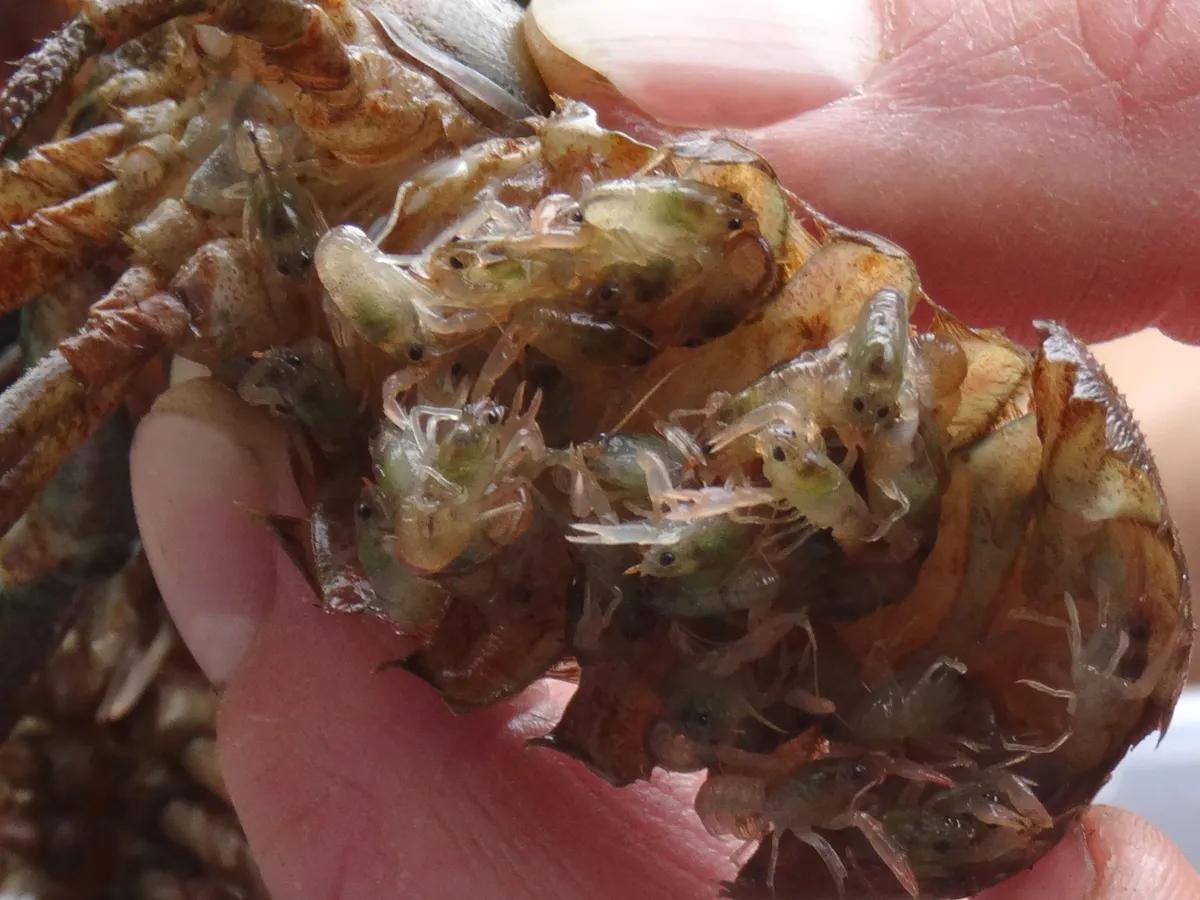For many years celebrity chefs and some environmentalists have encouraged the public to trap and eat the American signal crayfish. The rationale has been that this could serve as a control measure and help reduce the prevalence in UK waters of the introduced species and thereby improve the fortunes of the endangered white-clawed crayfish.
However, scientists at UCL and King’s College London have found evidence that suggests this approach appears not to work. In their new study, published in the Journal of Applied Ecology, the researchers find that trapping is ineffective in determining and controlling signal crayfish numbers.
It may even exacerbate the problem.
This is because the vast majority of individuals are too small to catch using standard baited traps. The scientists found that the policy may also inadvertently incentivise members of the public to spread the species to new habitats and greatly increases the risk of accidental catches of the strictly protected native species.
In addition, the research suggested that trapping risked spreading a fungal pathogen, called crayfish plague, which is lethal to native European crayfish.
“While celebrity chefs and conservation charities have, with good intentions, promoted trapping and foraging as a way to control American signal crayfish, our research shows trapping to be ineffective,’ said Co-author and PhD researcher, Eleri Pritchard.

The white-clawed crayfish is the only native crayfish species found in UK waters. There are six invasive species, of which the greatest concern focuses on the US signal crayfish, which was introduced from the US in the 190s. The American crayfish is 16cm in length, compared with the 12cm white-clawed crayfish and the former has spread rapidly, displacing native crayfish, impacting fish and damaging ecosystems.
Trials in an upland North Yorkshire stream found that only 2.3% of crayfish identified were large enough to be caught in standard traps. Most were smaller than a 1 pence piece and too tiny to be trapped. This renders much of the policy of trapping useless as signal crayfish can become sexually mature before reaching a ‘trappable’ size. Populations therefore reproduce despite the best efforts to control them through trapping.

The scientists strongly recommended that recreational crayfish trapping be curtailed to prevent the further spread of these invasive species. More emphasis should also be given to initiatives such as the UK’s national ‘Check Clean Dry’ campaign, aimed at educating regular water users on the way that non-native invasive aquatic plants and animals can unwittingly be transported between waterbodies on contaminated clothes and equipment, as well as by fish stocking and water transfer schemes.
The scientists also recommend that instead, short-term conservation efforts should focus on promotion of aquatic biosecurity. In the longer term, they suggested more work was required to better understand the invasion biology of American signal crayfish and devise more effective and sustainable approaches to the management and control of the species.
‘Signal crayfish have a devastating impact on our waters, harming fish populations, increasing economic costs for fisheries and causing a nuisance for anglers,’ said Dr Emily Smith, Environment Manager at Angling Trust. ‘These findings present a new chapter in management practices, providing invaluable intelligence for fisheries and angling clubs.’

